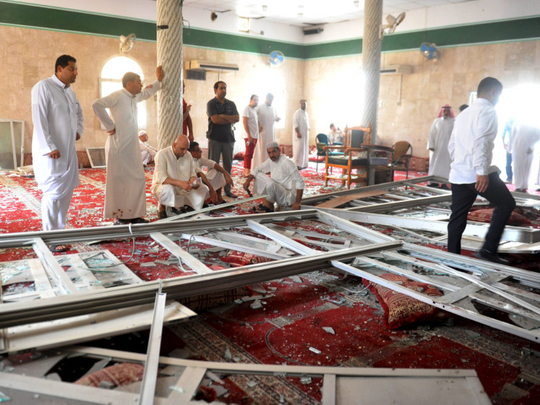
Iran’s potent threats to Saudi Arabia
For Tehran, targeting Saudi interests is nothing new, though it customarily relied on its militia clients like Hezbollah in Lebanon or Al Houthis in Yemen to strike

For Tehran, targeting Saudi interests is nothing new, though it customarily relied on its militia clients like Hezbollah in Lebanon or Al Houthis in Yemen to strike
